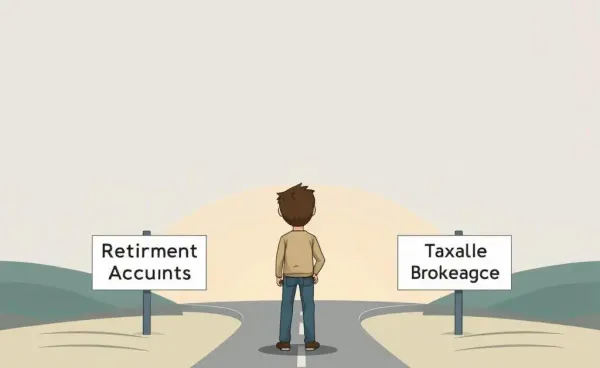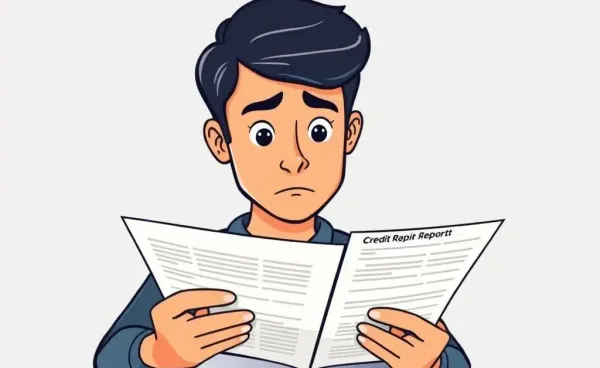Finding Financial Clarity in Chaos: A Practical Guide
Discover practical steps to manage finances and escape debt overwhelm with ease.

Finding Financial Clarity in Chaos: A Practical Guide
Have you ever felt like you're drowning in financial decisions and just can't seem to find the surface? I've been there too, and the good news is, I'm here to share strategies to transform that feeling of overwhelm into one of control and clarity. Grab a cup of your favorite beverage, and let's dive in together.
Where to Start When Chaos Strikes
It's easy to feel overwhelmed when you're not sure where to begin. The trick is to start by taking a deep breath and organizing your thoughts. Here's how you can tackle financial chaos with confidence:
- Identify Your Starting Point: Make a comprehensive list of all your financial obligations. Knowing exactly what you're up against is empowering.
- Evaluate Your Income: Have a clear picture of how much money is flowing in each month. Consider side gigs if your primary income isn’t enough to cover necessary expenses.
- Track Your Expenditures: For one month, write down every single thing you spend money on. You'll be surprised at the patterns that emerge.
Building a Budget That Works for You
Once you've got a handle on your income and expenses, creating a budget tailored to your lifestyle is next. I promise, budgeting doesn’t have to be a dreaded chore. Instead, view it as your financial roadmap.
Here's a simple process to create a budget:
- Set Goals: What are your financial priorities? Paying off debt, saving for a house, or maybe building an emergency fund?
- Choose a Budgeting Method: The 50/30/20 rule is popular—it allocates 50% for needs, 30% for wants, and 20% for savings or debt repayment.
- Adjust as Necessary: Life changes, and so should your budget. Don’t hesitate to tweak it as new expenses or income streams arise.
Dealing with Debt: A Step-by-Step Approach
If debt is weighing you down, you're not alone. Many people face the same dilemma, but there are ways to tackle it.
- List Them Out: Start by listing all your debts in order of priority—higher interest rates usually go to the top of the list.
- Snowball vs. Avalanche: Both are effective strategies. Decide which method fits your mindset—start small with the snowball method or tackle high-interest debts first with the avalanche.
- Negotiate Where Possible: Don’t hesitate to reach out to lenders to negotiate better terms, whether it’s lower interest rates or extended repayment periods.
Conclusion: Taking Control of Your Financial Future
Charting a path out of financial turmoil isn't easy, but remember you’re not alone, and you're taking positive steps toward a more stable future. Recognizing the chaos is often the first step to organizing it. So, what's the next step you're going to take on your financial journey?




